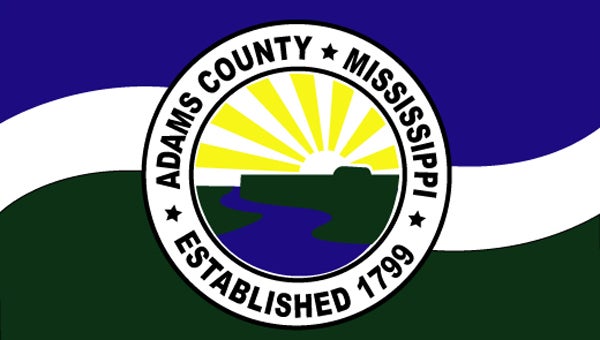Understanding retail consumption benefits the whole
Published 12:00 pm Sunday, April 16, 2023
|
Getting your Trinity Audio player ready...
|
If the last column bored you with concentric circles, downtown being the epicenter of all three, this one on the Miss Lou trade area will as well.
Sometimes the economic talk can be a little dull. If you remember, the three circles were 1.5, 36, and 74 miles across and represented downtown and nearby, the Miss Lou region, and the greater region.
For the purposes of the local economy, let’s focus on that middle circle. That circle is known in the economic parlance as the trade area for Natchez. In that circle Natchez is the dominant town. A trade area is a geographic area from which a community generates the majority of its customers.
Now that 18-mile radius is not an arbitrary number pulled out of a hat. Bigger cities have bigger areas and bigger radiuses of influence. There’s a rule or a theory or a guiding principle or an educated estimation called Reilly’s Law of Retail Gravitation.
I’m not making this up, though anything with a clearly Irish surname attached to it, one should look for the pun and please note mine, also. This Reilly was an American. Reilly’s Law assumes that people are naturally drawn to shop in larger towns and that there is a maximum distance that people would be willing to drive to shop in a larger town versus a nearly small town.
So, for Natchez the number ranges from 18 to 24 miles. Let’s go with 18 to be sure.
It is not a perfect science. And no true retail draw or trade area is a perfect circle. Do people in Meadville go to Natchez or to Brookhaven? Is Alexandria big enough to draw people from Jonesville over Natchez? Maybe those towns are located at the breaking point where it does not matter which way you go.
There are other factors that can help or hurt a town in this gravitational pull. Reilly assumes the ground is flat, the roads are straight, and the cost of time and transportation are key factors and size matters.
It does not factor in meandering roads or larger physical barriers, like a river. It does not take into account directly things like destination and hedonic shopping. In which case, I’ll suggest, Natchez has a distinct advantage in some categories.
Certainly, this town is a destination far outside of the trade area, but also for those inside the circle. It is a special place. There’s a lot to do here for a town this size. As far as hedonic shopping, the shopping needs to satisfy some emotion, provide some satisfaction, have a bit of prestige or some other subjective feelings. Well, there is definitely some of that here, too.
Here is where Reilly is good and why it is used. It is a solid analytical mechanism to explain, predict, and understand utilitarian consumption. That is where most of us spend our money. The mundane.
We in the downtown alliance would like much of that local money to be spent at the center of the circle or as near to it as possible. The mundane, the destination, and the hedonic. We think that focus benefits not only center, but makes the whole circle much more livable.
Mickey Howley is executive director of the Downtown Natchez Alliance.







